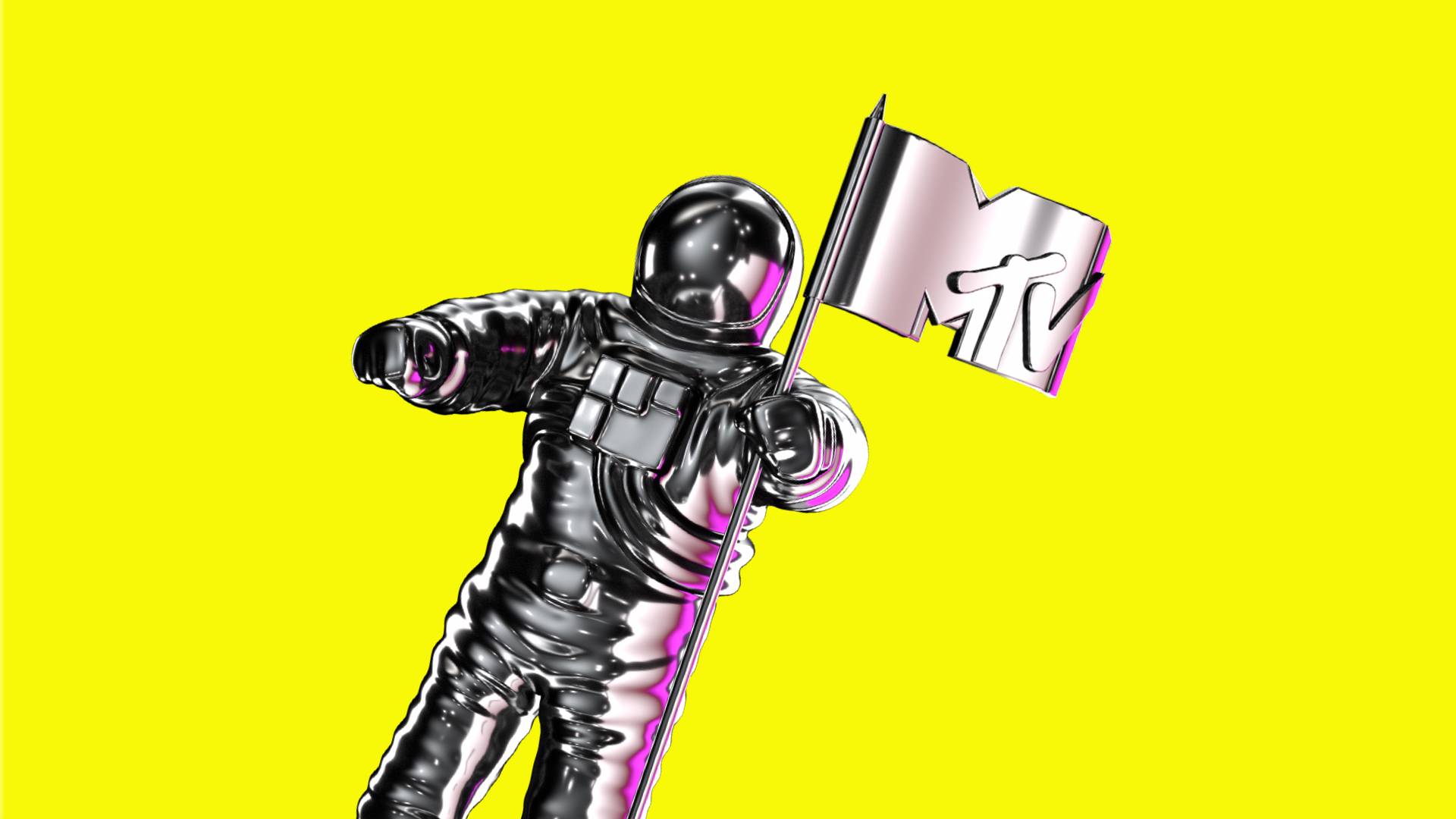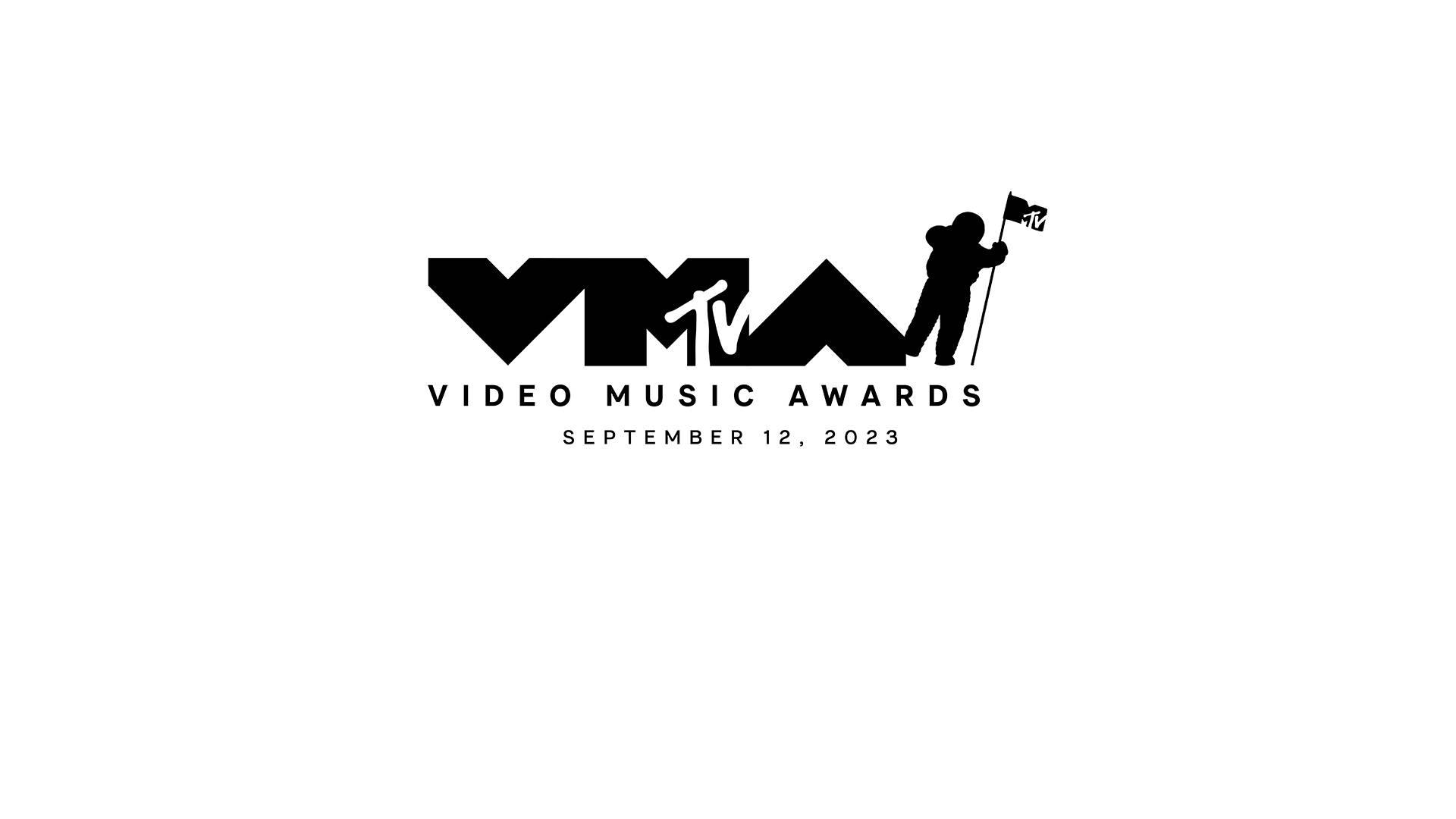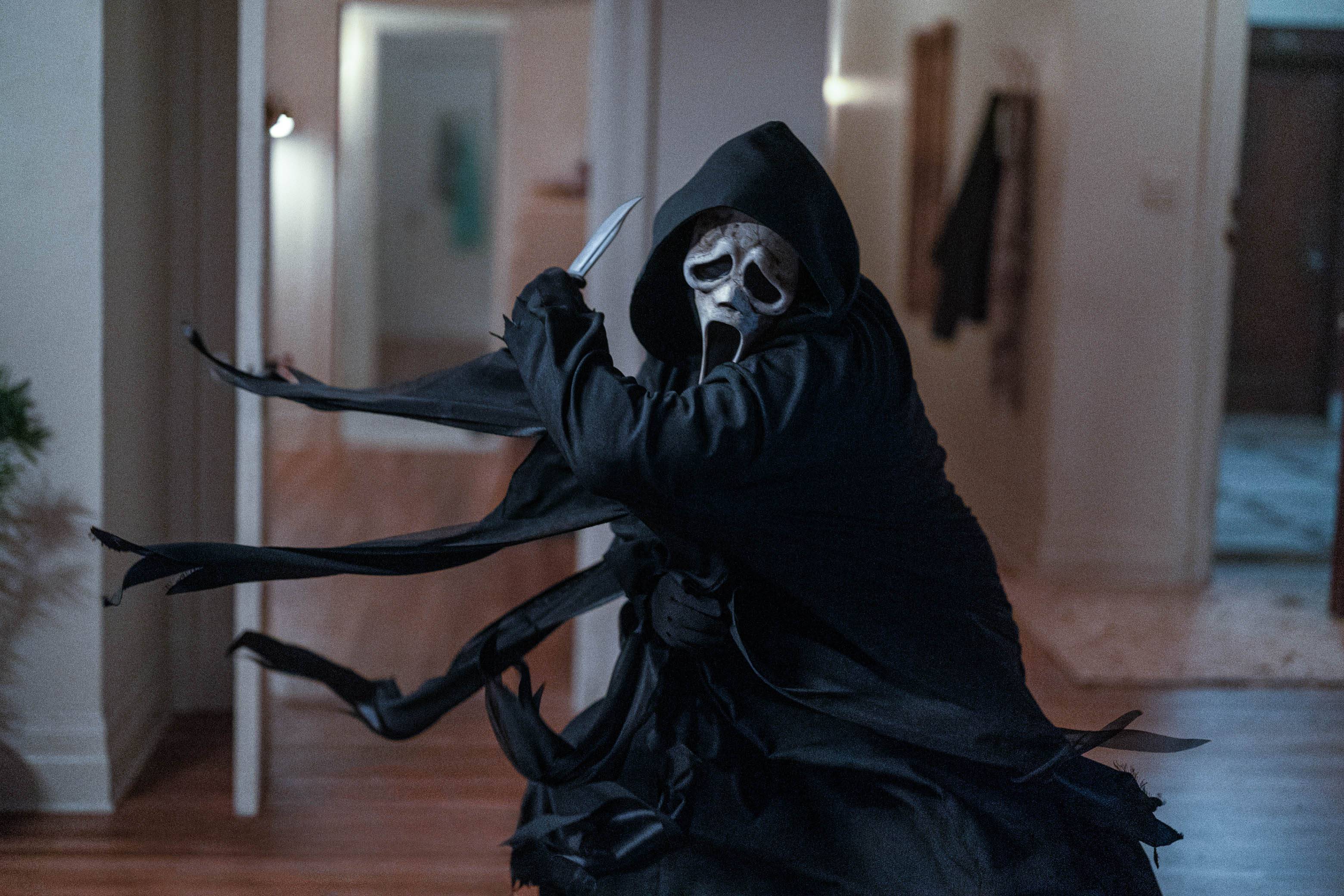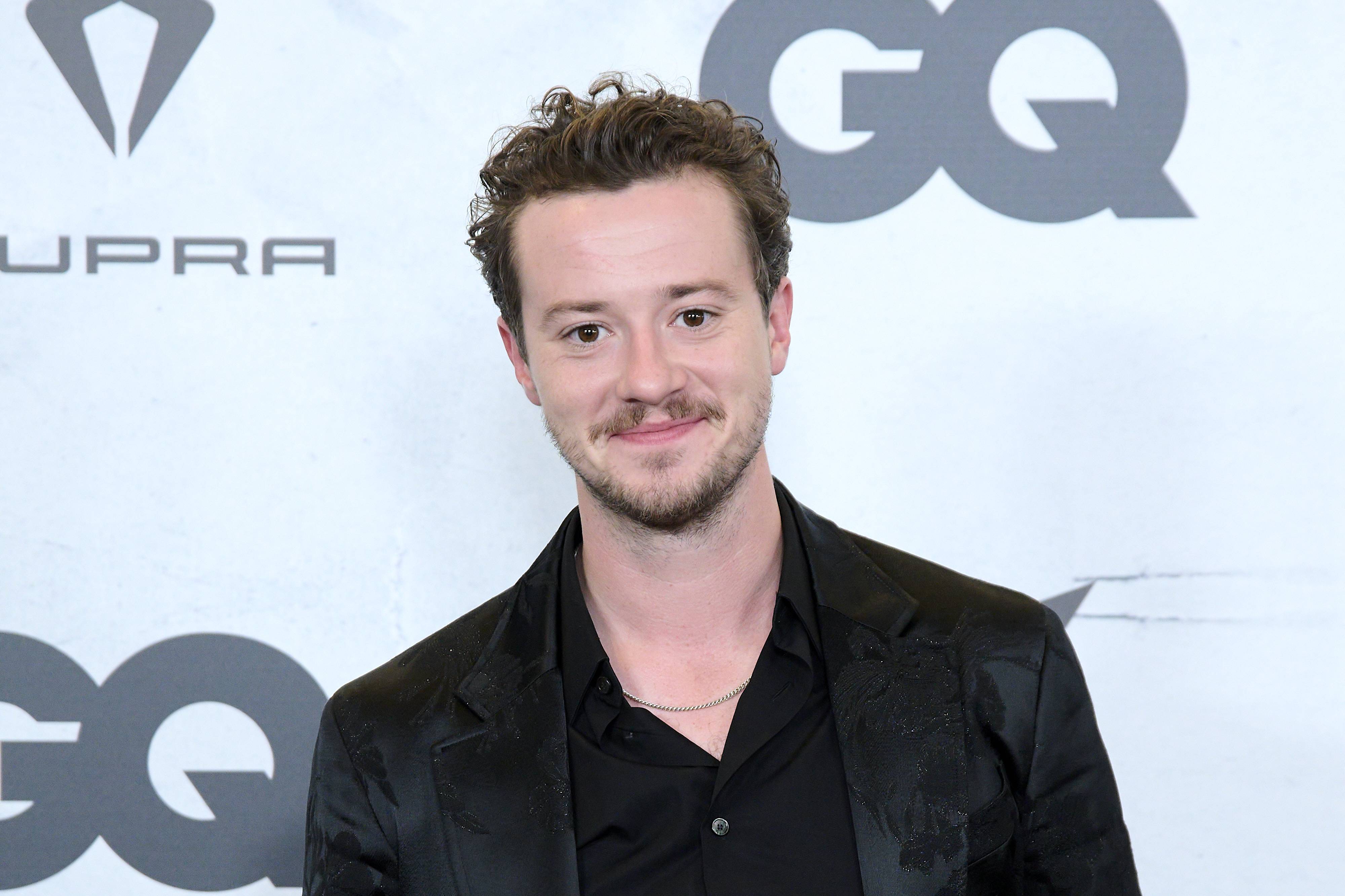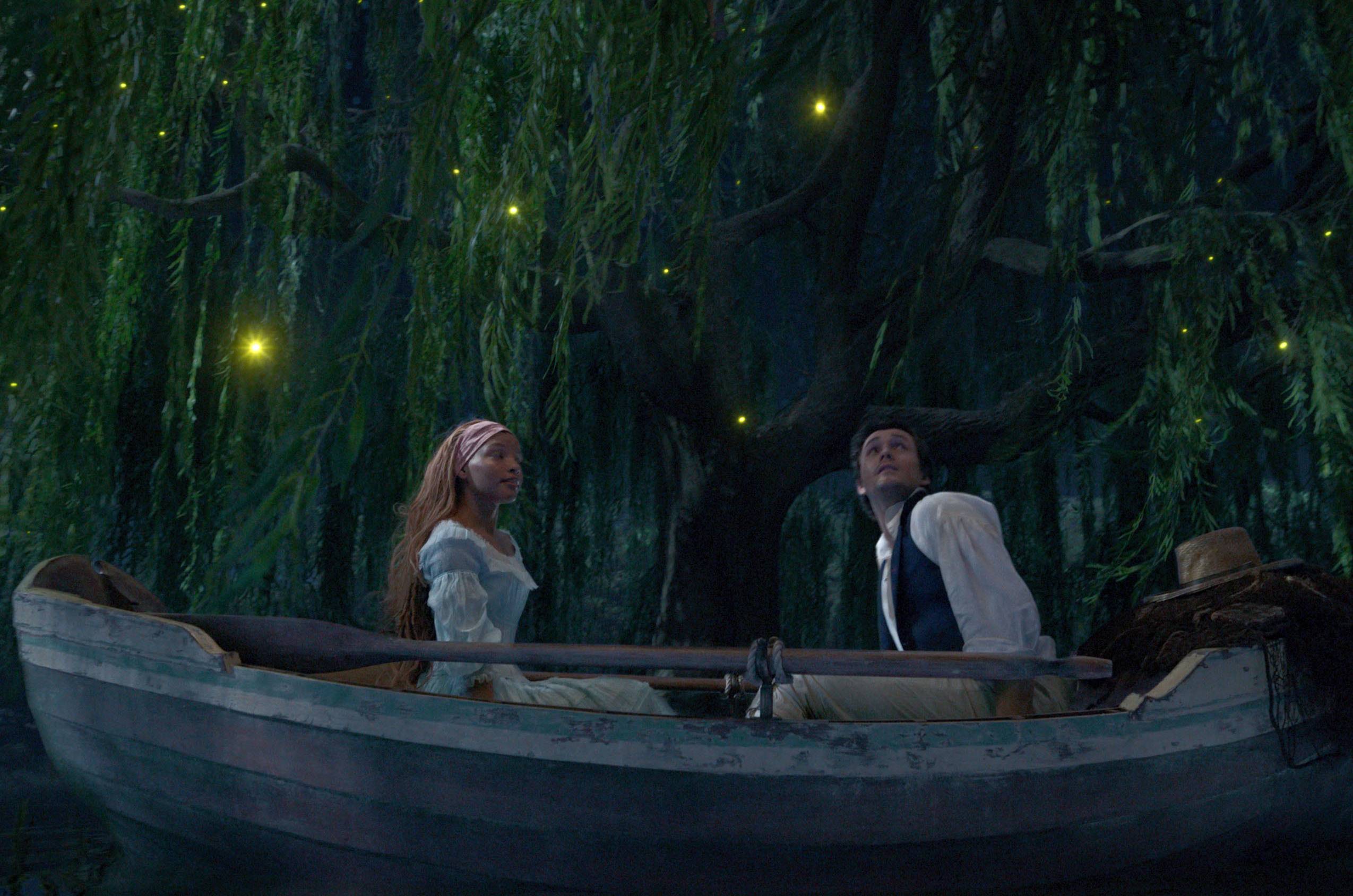K/DA, True Damage, And The Virtual Future Of Artist Collaborations

By Tamar Herman
In a world where TikTok reigns supreme and holographic idol Hatsune Miku can sell out arenas (and Coachella), where tweets can ignite global conversation in seconds and any physical distance is bridged by an internet connection, performance art is undergoing a revolution; projects like K/DA and True Damage, both tie-ins with the massively popular multiplayer online game League of Legends, hint to the future of pop culture where the lines between virtual and reality are becoming increasingly blurred.
The most successful of these simulated musical acts from League of Legends, K/DA, took the world by storm with their single “Pop/Stars” in 2018, and dynamic quintet True Damage followed hot on its heels with “Giants” late last year. The pair of releases share a rapper, Akali, who spits bars with ferocity and style as she prepares for battle as one of the in-game stars. “Pop/Stars” and “Giants” were released through music videos and alongside playable skins that players can use — after purchasing — inspired by characters who are voiced by some of the biggest global names across a variety of genres.
K/DA, which was preceded by the success of metal band Pentakill, was organized as a virtual K-pop girl group, featuring the voices of (G)I-dle’s Soyeon and Miyeon, Madison Beer, and Jaira Burns as characters Akali, Ahri, Evelynn, and Kai’Sa, respectively, while hip-hop collective True Damage saw the return of Soyeon’s Akali, joined by Becky G’s Qianna, Keke Palmer’s Senna, Thutmose’s Yasuo, and Duckwrth’s Ekko. Both teams performed at the League of Legends World Championships, bringing virtual characters to life through augmented reality performances with each artist alongside their corresponding Legend fighter.
While sponsored content and voice acting are nothing new, the idea of them becoming purchasable elements of the brand itself — in this case in-game skins — opens up a whole can of worms: Just as celebrities moved into voice acting to add marketable appeal to animated characters, will more brands tap into the power of popular artists by creating computerized counterparts to help sell their product? It certainly seems that way. Beyond League of Legends, Fortnite also has a long history of musical tie-ins ranging from in-game concerts to skins inspired by celebrities. But Riot Games' creation of full-blown groups point to a new direction where musical artistry is split between a musician’s own career and their, potentially more lucrative, artistic collaborations with brands. K/DA’s release didn’t just appeal to gamers; it also garnered widespread interest from new audiences and saw a major boost to merchandise sales.
And the video for "Giants" has amassed more than 70 million views on YouTube to date, signaling a pull from outside of League of Legends's core consumer base.
Riot Games has been working with music talent since 2013, and the company has regularly broadcasted live collaborations during their annual World Championship events. By the time the 2019 League of Legend World Championships rolled around in Paris, the coexistence of reality and virtuality generated an experience that was literally larger than life. “As we do more and more storytelling, it’s kind of a natural fit when music combines with E-sports,” head of Riot Music Group Toa Dunn tells MTV News. “For us, being really big on narrative, we can almost express real-life narratives, in the context of, ‘Why is True Damage here?’ And once you understand the narrative of Akali and what 'Pop/Stars' was, you start to understand more of this virtual world [of Runeterra] that we’ve been building.”
For each of the artists who participated in True Damage, taking on this new medium was a matter of giving themselves an opportunity to go beyond their normal musicality and connect with a virtual persona in ways that haven’t been done before, essentially building new artistic identities. Keke Palmer describes the blending of technology and human performance as “the experience of a lifetime,” adding that this is precisely what millennials do: “We take in something — gaming — and created its own world and put it on a level that probably generations before us couldn’t imagine.”
As a K-pop star, Soyeon is used to high-intensity performances full of light shows and advanced staging effects, but augmenting what she does into the realm of virtual reality is a whole new level of production value. “This is creating a special culture that’s fresh and new,” she says. To her, K/DA and True Damage show the potential for the new heights creativity can rise to when given the breadth of a fictional universe to explore, and “will help evolve the future of [artistic] culture and gaming.”
And, Duckwrth emphasizes, this sort of collaboration between artists and brands can now cross geographic and linguistic boundaries in a way that was previously impossible. “Giants” brought together a whole crew of international names from across different musical scenes and united them for a performance in Paris that was in turn broadcasted across the globe, while their virtual counterparts danced around them on stage. “The world needs to come together way more, so this is one example of the way coming together, through gaming and the song,” he says.
And with it comes the next stage of performance art: a digital blend of celebrity, direct-to-consumer gaming, and live concerts. The future opportunities are endless at a time when both globalization and technology bring artisans from different industries together to create new forms of art, and sooner or later it’s likely the world will see more of these medium-blending events where stars become the platform for branding in new and evolutionary ways.
